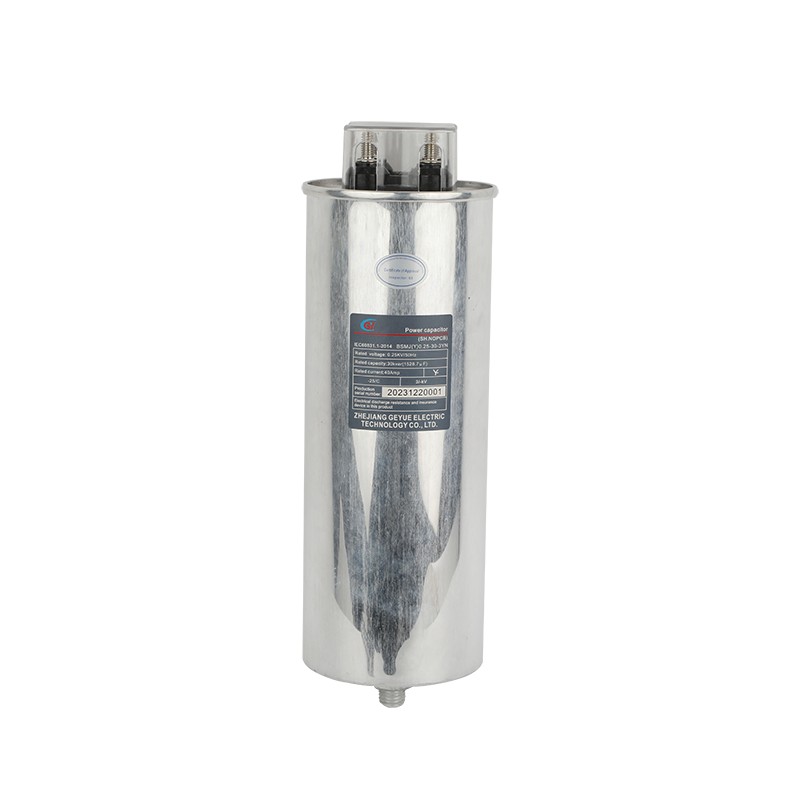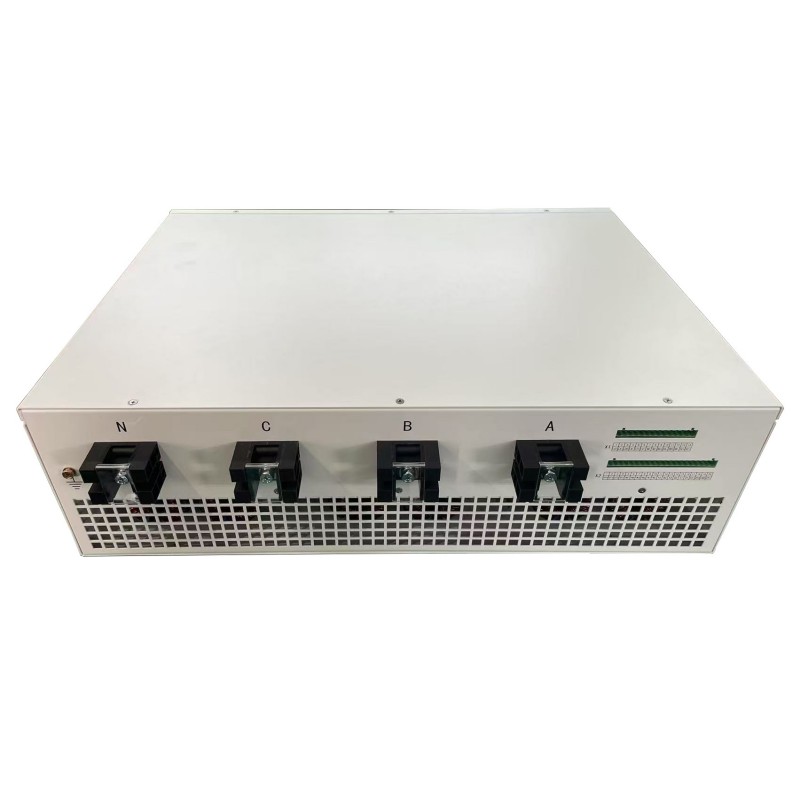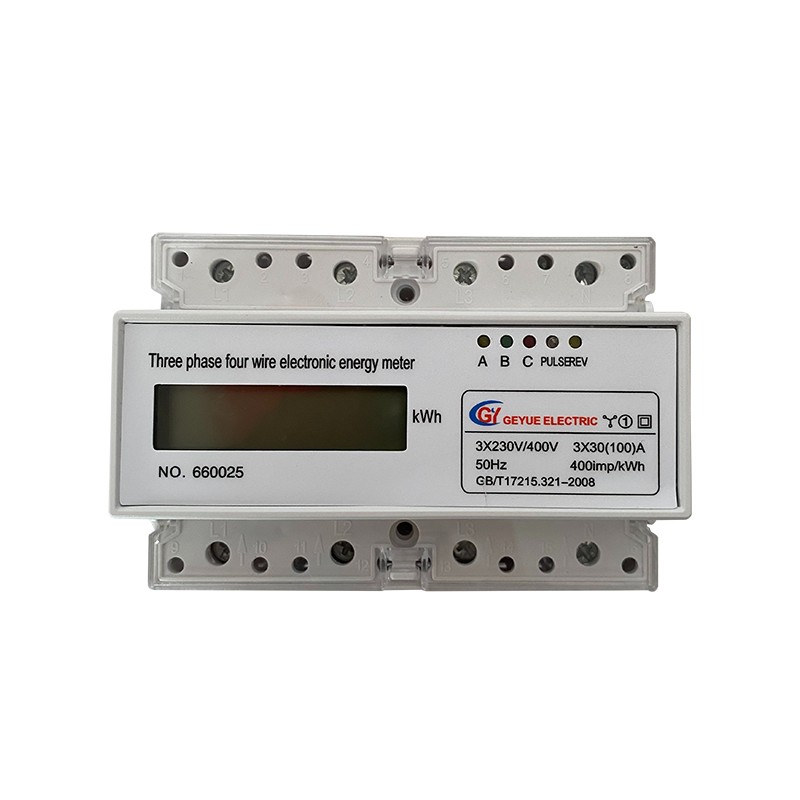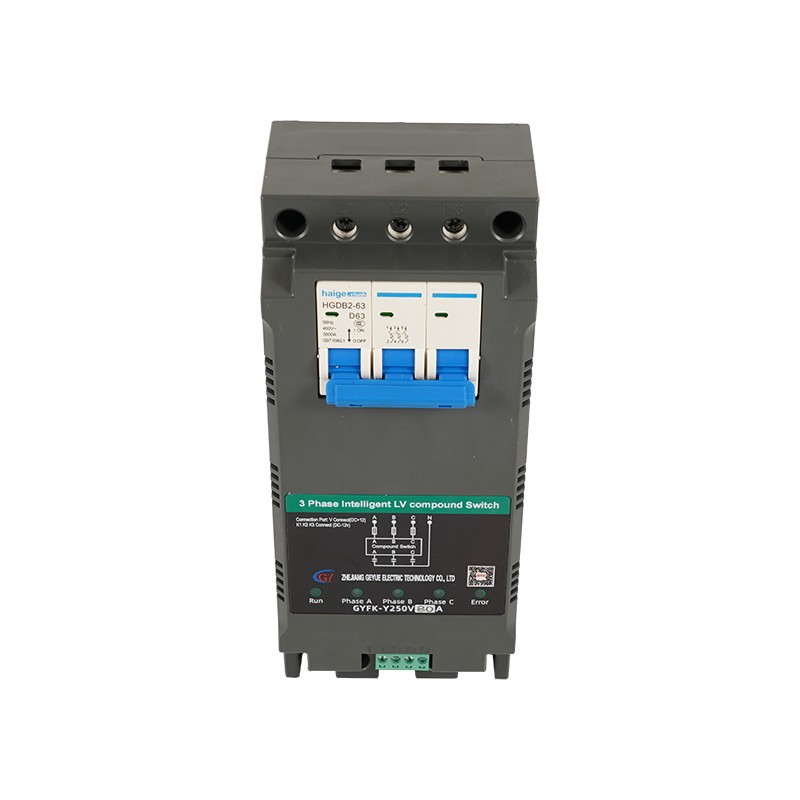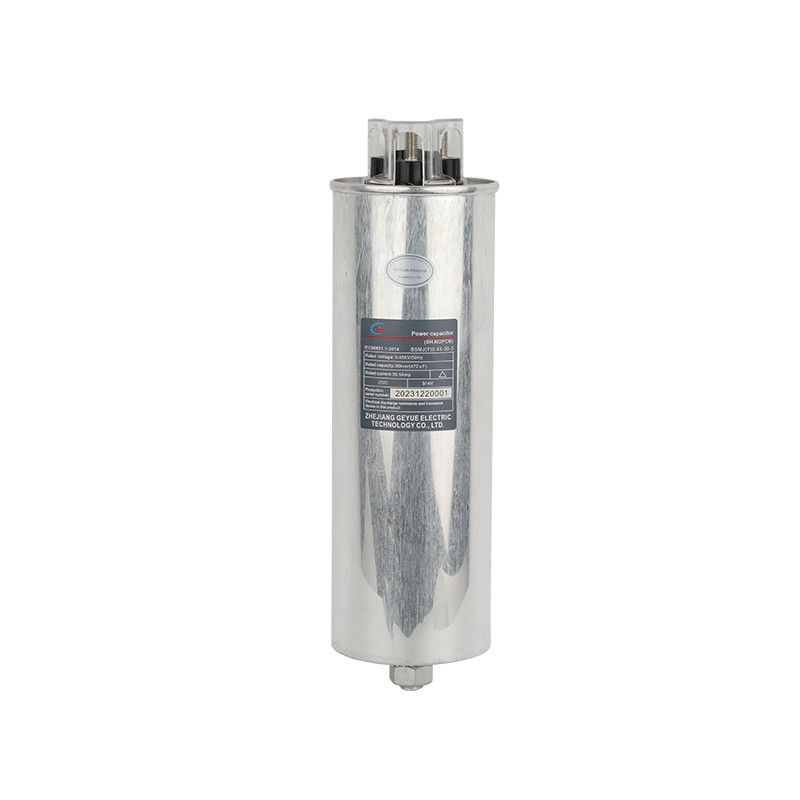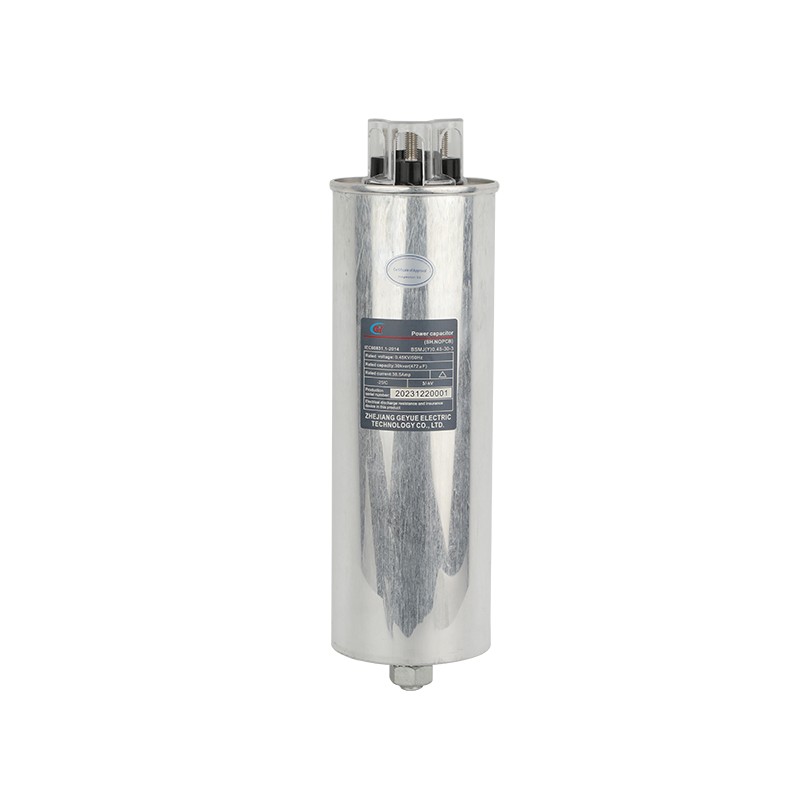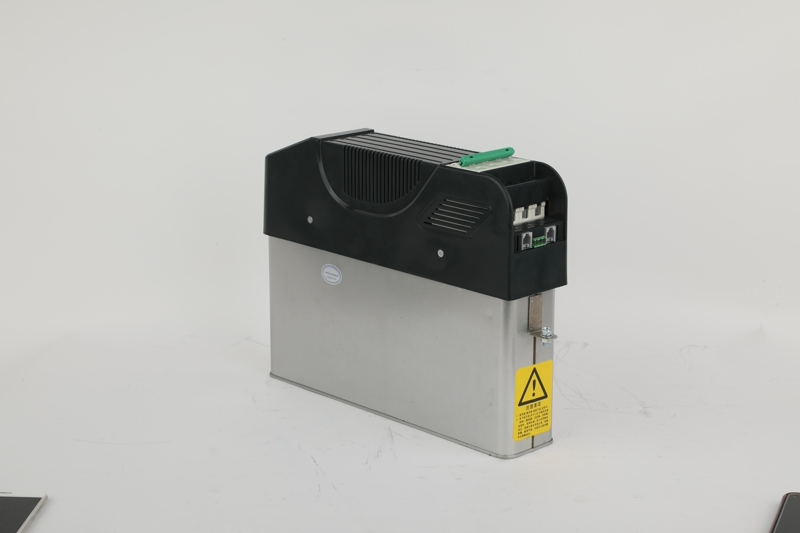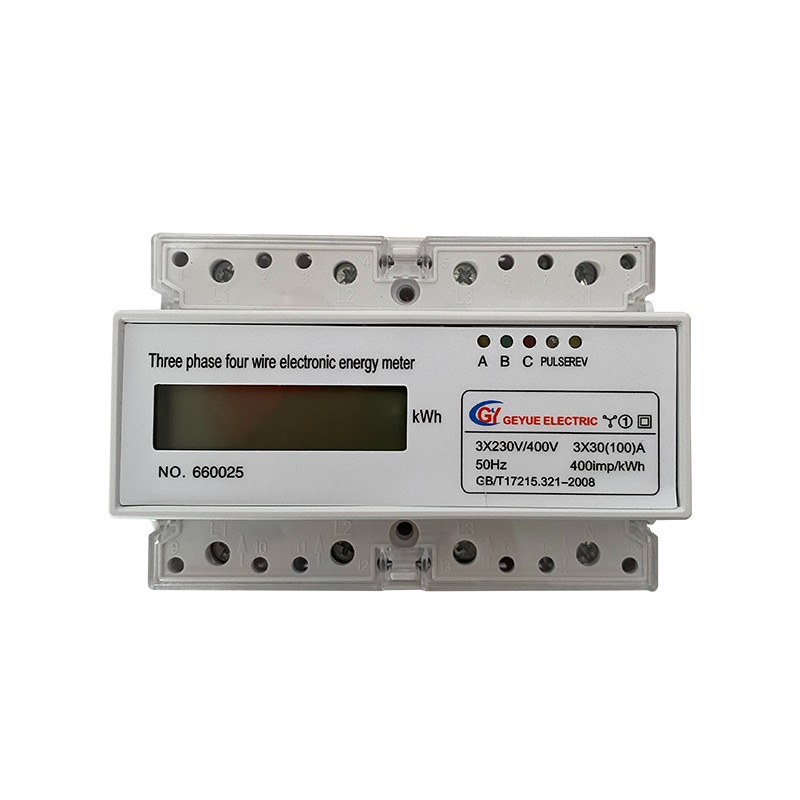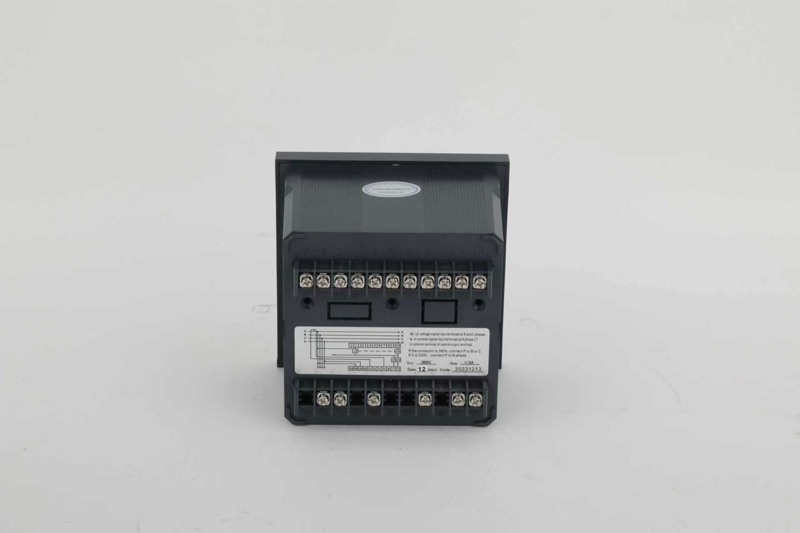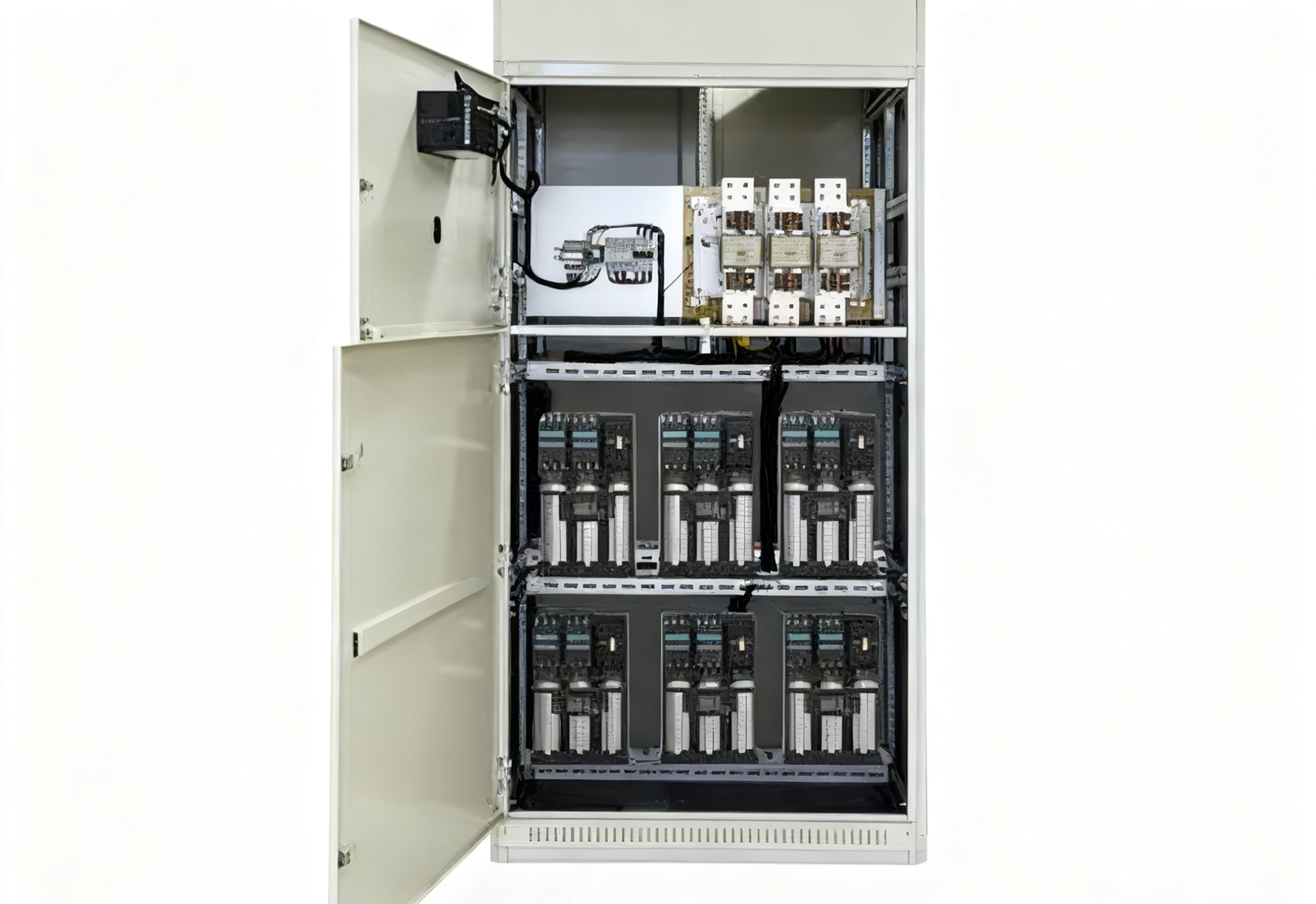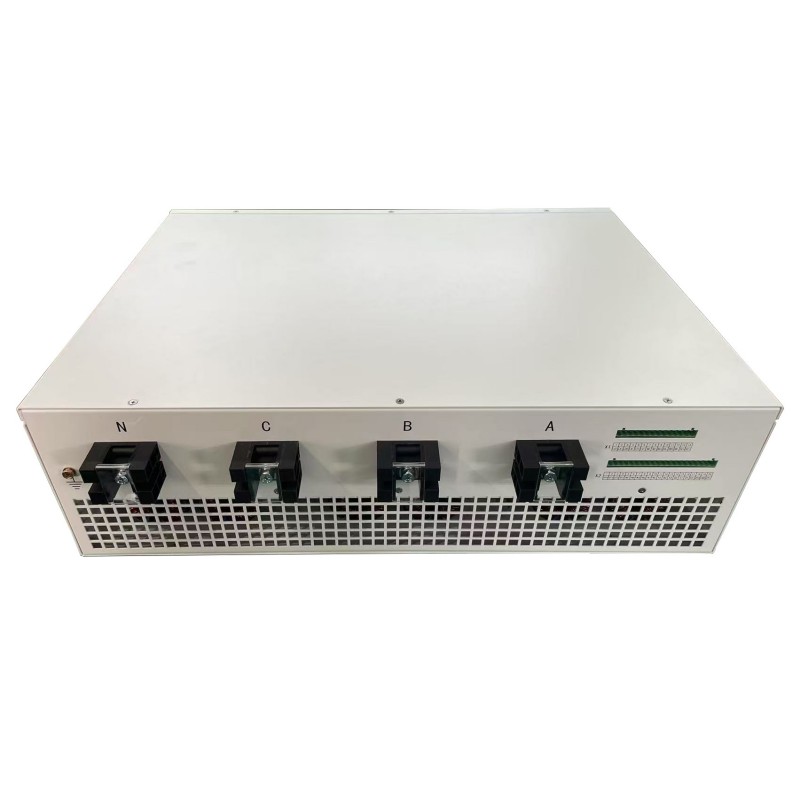Why Has the SVG and TSC Hybrid System Become the Gold Standard for Power Supply in Data Centers?
In the digital age, the stable operation of data centers has become the core support for the normal functioning of modern society. As the infrastructure that supports large-scale data processing and storage, data centers have extremely high requirements for power quality. Traditional reactive power compensation technologies are no longer capable of meeting the multiple demands of modern data centers for dynamic response, harmonic suppression, and energy efficiency optimization. The emergence of a hybrid system combining SVG (Static Var Generator) and TSC (Thyristor Switched Capacitor) has brought a revolutionary breakthrough to this field and is gradually becoming the gold standard for data center power supply systems.
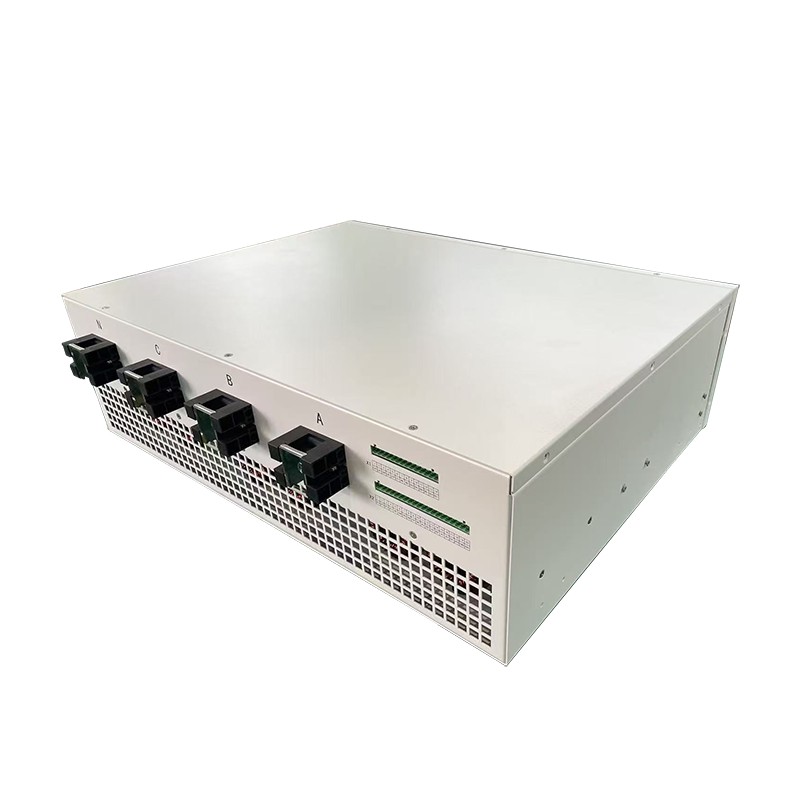
Special Challenges in Power Supply for Data Centers
The power supply system of data centers faces numerous unique challenges. The loads such as server clusters, storage devices, and network switches have highly nonlinear characteristics, generating a large amount of harmonic pollution. These harmonics not only lead to a decline in power quality but also may cause equipment overheating, shortened lifespan, and even unexpected outages. Meanwhile, the load in data centers fluctuates sharply, with significant changes occurring within milliseconds. Traditional reactive power compensation devices are difficult to achieve rapid tracking and precise regulation.
Moreover, the power usage effectiveness (PUE) of a data center, a key indicator of energy efficiency, is directly related to operational costs. The ineffective circulation of reactive power increases line losses and reduces the utilization rate of transformers, thereby invisibly raising electricity expenses. Even more seriously, voltage sags or flickers may cause IT equipment to restart, resulting in incalculable economic losses. These factors collectively impose strict requirements on the power supply system of data centers and have driven the technological evolution of the SVG+TSC hybrid system.
The Technical Synergy Advantages of SVG and TSC
As a dynamic compensation device composed of fully controllable power electronic devices, SVG has a millisecond-level response speed and continuous stepless regulation capability. It employs PWM modulation technology and can simultaneously achieve reactive power compensation and harmonic control. The output current maintains an accurate phase relationship with the system voltage. This characteristic makes it particularly suitable for dealing with the rapid fluctuations of data center loads, and it can real-time counteract inductive or capacitive reactive power, maintaining a power factor above 0.99.
TSC precisely controls the switching of capacitors through thyristors, featuring low cost and large capacity. Its core innovation lies in the zero-crossing switching technology, which can prevent the surge current generated during the operation of traditional contactors. Although the response speed of TSC is between 10 and 20 milliseconds, which is not as fast as SVG, it has more significant economic efficiency in large-capacity fundamental reactive power compensation. When SVG and TSC are combined into a hybrid system, SVG is responsible for quickly compensating for high-frequency fluctuating components, while TSC is responsible for steady-state base compensation. Together, they form a complementary and collaborative architecture.
The unique value of this combination lies in the perfect balance between dynamic performance and economy. SVG covers the transient compensation demand at 10%-20% of the rated capacity, significantly reducing the investment cost of power electronic devices; TSC provides 80%-90% of the main compensation capacity, using mature capacitor technology to lower the overall cost. The intelligent algorithm of this system automatically optimizes the operation strategy, and can maintain the best compensation effect under any load conditions.
Key Performance Breakthrough of the SVG + TSC Hybrid System
In terms of harmonic control, the hybrid compensation system of SVG and TSC outperforms traditional compensation solutions and has superior performance. SVG can actively inject a compensation current with an amplitude equal to and phase opposite to the harmonic current, thereby achieving a filtering rate of over 95% for 5th, 7th and other typical harmonics. In terms of harmonic control, the hybrid system of SVG and TSC outperforms traditional solutions with superior performance. SVG can actively inject a compensation current with an amplitude equal to and phase opposite to the harmonic current, achieving a filtering rate of over 95% for 5th, 7th, and other characteristic harmonics. Compared to pure passive filters, it does not introduce resonance risks and can adaptively track harmonic changes. Test data shows that the hybrid system can reduce the THDi (total harmonic distortion rate) of the data center power distribution system from over 15% to within 3%, fully meeting the requirements of IEEE 519 standard.
Voltage stability control is another significant advantage. When large power equipment within the data center starts or stops, or when there is a power supply network failure, the hybrid system can provide reactive power support instantly. The SVG can respond to voltage fluctuations within 1/4 of a cycle. The function of SVG to rapidly adjust reactive power output maintains the stability of the bus voltage and keeps the voltage deviation within ±1%. This remarkable capability effectively avoids equipment failures caused by sudden voltage drops. For instance, an application case of an ultra-computing center shows that after deploying the hybrid system, the incidence of voltage-related faults in the system decreased by 82%.
At the level of energy efficiency optimization, the intelligent scheduling algorithm can ensure that the hybrid system of TSC and SVG always operates at the optimal efficiency point. By continuously monitoring load changes, this system will automatically select the most economical compensation mode, that is, using SVG first under light load conditions and coordinating the participation of TSC under heavy load conditions. The actual measurement data from an operator's data center show that after adopting the hybrid system, the quarterly electricity cost was reduced by 150,000 yuan, the PUE value improved by 0.08, and the investment recovery period was shortened to 2.3 years.
Industry Applications and Future Evolution
At present, many leading data center operators worldwide have adopted the SVG + TSC hybrid solution. For instance, a certain international cloud computing giant has deployed 8 sets of 10 kilovolt/±20 megavolt-ampere systems in its regional hub data centers, successfully reducing the system's PUE from 1.45 to 1.32. What is particularly noteworthy is that these systems provide rapid reactive power support during the diesel generator switching process and avoid power outages of 0.4 seconds or less, ensuring that critical business operations are uninterrupted during the switching process.
The technological evolution direction focuses on three dimensions. At the material level, the application of silicon carbide (SiC) power devices will reduce the switching loss of SVG by 70%, allowing for higher switching frequencies to improve the accuracy of harmonic compensation. In terms of control algorithms, the introduction of digital twin technology enables virtual debugging and predictive maintenance. An experimental system has achieved early warning of capacitor aging faults 72 hours in advance. The innovation in system architecture is reflected in the topological transformation of "distributed SVG + centralized TSC", where small SVG units are embedded in the cabinet head for on-site compensation, significantly reducing the reactive current circulation in the power distribution network.
As data centers continue to evolve towards higher density and intelligence, the hybrid system of SVG and TSC will continue to improve. Its value lies not only in the enhancement of technical parameters, but also in providing an "invisible" yet powerful guarantee for the electrical quality of digital infrastructure. This solution, which integrates power electronic technology and intelligent control algorithms, is redefining the reliability standards for data center power supply. Its golden position is unlikely to be challenged in the next decade. If you are interested in the future development of the intelligent reactive power compensation system, please look forward to the efforts that Geyue Electric will make on this path: https://www.geyuecapacitor.com/, our professional technicians are waiting for your messages at info@gyele.com.cn.
- Can Active Power Filters Become the Key to Solving Power Quality Problems?
- What Role do Reactors Play in Modern Power Systems?
- Can Capacitor Switches Become Key Equipment in the Smart Grid Era?
- How Has the CJ19 AC Contactor Become a Reliable Choice for Capacitor Switching?
- Can Cylinder Self-healing Shunt Capacitor Become the Ideal Choice for the Smart Grid Era?
- Apart from Saving Electricity Costs, What Value does Low-Voltage Reactive Power Compensation Bring to Enterprises?

